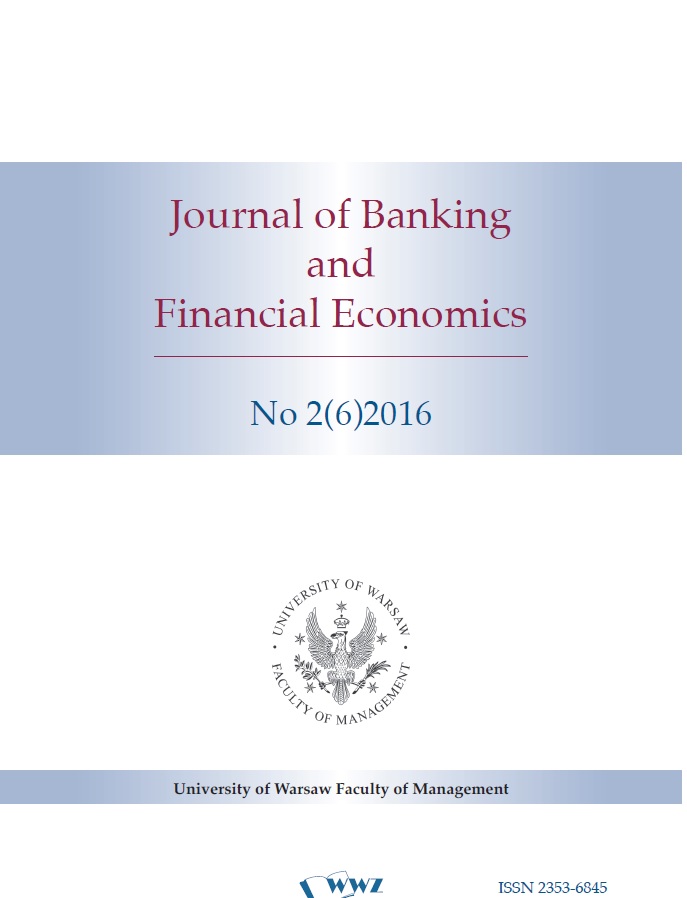Does it pay to be good? An analysis of vice and virtue stock performance in the Eurozone
Does it pay to be good? An analysis of vice and virtue stock performance in the Eurozone
Author(s): Toni VideSubject(s): Social Sciences, National Economy, Financial Markets
Published by: Wydawnictwo Naukowe Wydziału Zarządzania Uniwersytetu Warszawskiego
Keywords: CAPM; Eurozone; four-factor model; Sharpe ratio; virtue stocks; vice stocks
Summary/Abstract: This paper provides a performance analysis of vice and virtue stocks in the Eurozone for the period between January 2005 and December 2014. In order to do so, a vice index consisting of listed Eurozone companies operating in selected vice industries is created and subsequently matched with a corresponding virtue index, which for the purpose of this analysis is represented by the DJSI Eurozone. The tools used to conduct the performance evaluation are the Sharpe ratio, the capital asset pricing model and the Carhart four-factor model. The analysis indicates no consistent outperformance or underperformance of one or the other index, yet the realised performance over the whole period favours the vice index. Consequently, it can be concluded that from a statistical point of view, there is no substantial advantage or disadvantage in being “good” when investing into stocks, as such it is a matter of investor preference, with the note that historical returns do favour vice stocks.
Journal: Journal of Banking and Financial Economics
- Issue Year: 6/2016
- Issue No: 2
- Page Range: 113-125
- Page Count: 13
- Language: English

